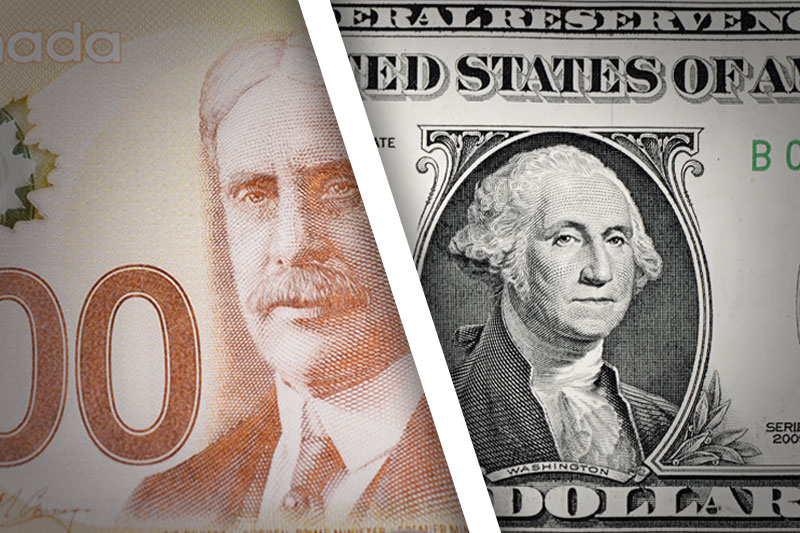Investing.com’s stocks of the week
Investing.com - The U.S. dollar was slightly higher against the Canadian dollar in early trade on Tuesday, but the pair looked likely to remain locked in recent ranges as concerns over political deadlock in Washington continued.
USD/CAD hit 1.0334 during early U.S. trade, the session high; the pair subsequently consolidated at 1.0322, easing up 0.11%.
The pair was likely to find support at 1.0290, Monday’s low and resistance at 1.0355, the high of October 2.
The greenback found some support after President Barack Obama repeated Monday that he is willing to negotiate with congressional Republicans on a range of topics, including healthcare and energy policy, but only after the government is reopened.
President Obama also called on Congress to raise the government borrowing limit ahead of the October 17 deadline, when the Treasury Department has estimated the U.S. government will not have enough cash to pay its bills.
The Canadian dollar showed little reaction after official data showed that the country’s trade deficit widened unexpectedly in August, expanding to CAD1.31 billion from a deficit of CAD1.19 billion in July. Analysts had expected the deficit to narrow to CAD1.0 billion.
A separate report showed that Canadian housing starts rose to 193,600 units last month from 184,000 units in August. Analysts had expected housing starts to increase to 185,000 units in September.
The loonie, as the Canadian dollar is also known, was slightly lower against the euro, with EUR/CAD easing up 0.12% to 1.4020.
International Monetary Fund Chief Economist Olivier Blanchard said Tuesday that a prolonged failure to raise the U.S. debt ceiling would "almost certainly derail the recovery", and warned the U.S. to slow the pace of its deficit reduction program.
The IMF downgraded its forecasts for the global economy, saying it now expects growth of 2.9% this year, down from 3.1%. It expects growth of 3.6% in 2014, down from 3.8%.
USD/CAD hit 1.0334 during early U.S. trade, the session high; the pair subsequently consolidated at 1.0322, easing up 0.11%.
The pair was likely to find support at 1.0290, Monday’s low and resistance at 1.0355, the high of October 2.
The greenback found some support after President Barack Obama repeated Monday that he is willing to negotiate with congressional Republicans on a range of topics, including healthcare and energy policy, but only after the government is reopened.
President Obama also called on Congress to raise the government borrowing limit ahead of the October 17 deadline, when the Treasury Department has estimated the U.S. government will not have enough cash to pay its bills.
The Canadian dollar showed little reaction after official data showed that the country’s trade deficit widened unexpectedly in August, expanding to CAD1.31 billion from a deficit of CAD1.19 billion in July. Analysts had expected the deficit to narrow to CAD1.0 billion.
A separate report showed that Canadian housing starts rose to 193,600 units last month from 184,000 units in August. Analysts had expected housing starts to increase to 185,000 units in September.
The loonie, as the Canadian dollar is also known, was slightly lower against the euro, with EUR/CAD easing up 0.12% to 1.4020.
International Monetary Fund Chief Economist Olivier Blanchard said Tuesday that a prolonged failure to raise the U.S. debt ceiling would "almost certainly derail the recovery", and warned the U.S. to slow the pace of its deficit reduction program.
The IMF downgraded its forecasts for the global economy, saying it now expects growth of 2.9% this year, down from 3.1%. It expects growth of 3.6% in 2014, down from 3.8%.
